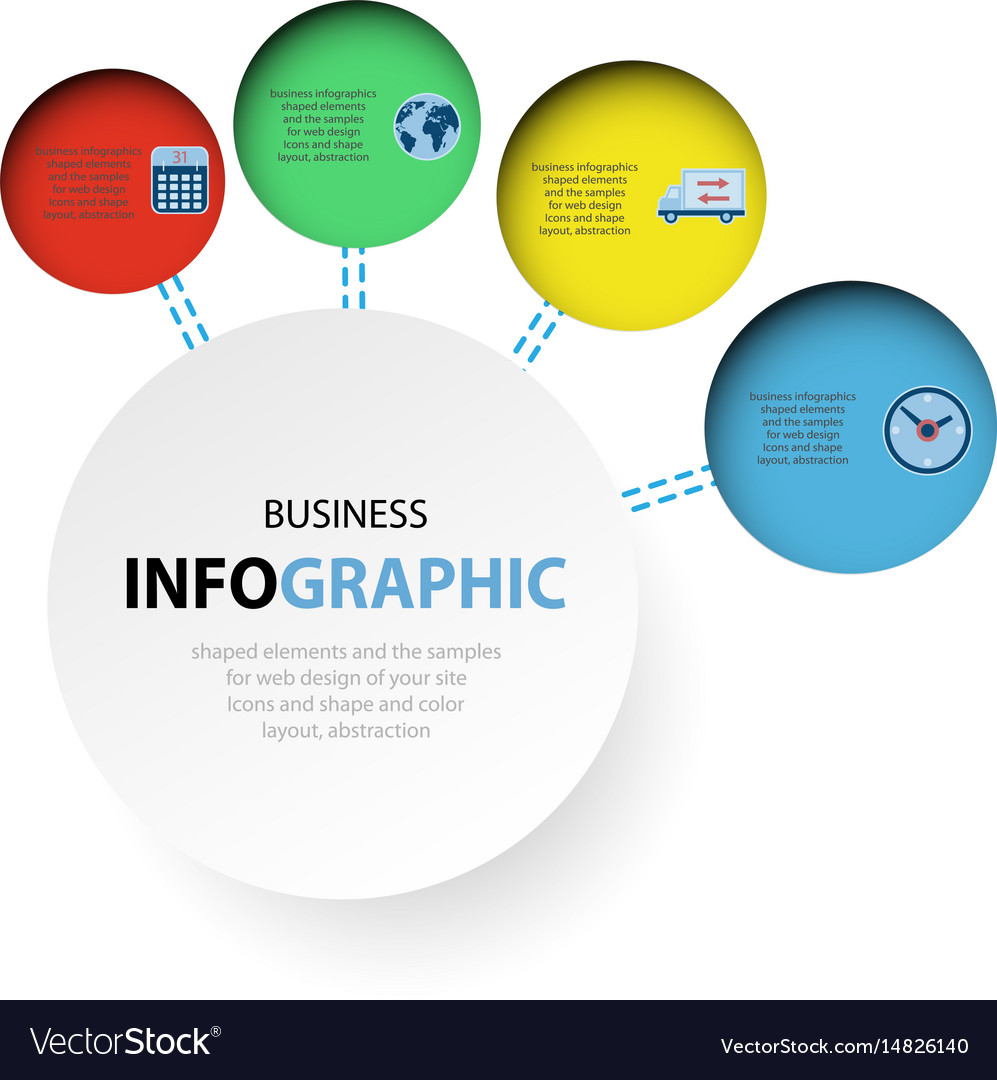Fundamental Aspects Of Web Design: Standards For Creating A User-Centric Website
Fundamental Aspects Of Web Design: Standards For Creating A User-Centric Website
Blog Article
Personnel Writer-Abildtrup Devine
When it involves web site layout, making certain user-friendliness is key. From receptive layout to structured navigation, every element plays a critical function in creating a site that satisfies your audience's requirements. Yet what about the better information that can make or damage a user's surfing experience? Remain tuned as affordable website design packages reveal some often-overlooked ideas that can boost your internet site's functionality to the following degree, making it genuinely stick out in the electronic landscape.
Significance of Responsive Design
Receptive style is a vital aspect of modern site development. Ensuring your site is responsive ways that it can adjust to different screen dimensions and gadgets, supplying a seamless experience for users.
With the raising use of smart devices and tablet computers to access the web, having a responsive design is important for reaching a bigger audience. It aids in boosting user experience by making your website easy to navigate and continue reading any kind of device.
In https://www.junglescout.com/blog/amazon-a9-algorithm/ , receptive design can positively affect your search engine positions, as search engines like Google focus on mobile-friendly sites. By having a responsive style, you're likewise future-proofing your web site, as brand-new devices with varying screen dimensions remain to arise.
Simplify Navigating Structure
To boost user experience and promote easy accessibility to information on your web site, streamlining the navigation framework is extremely important. When developing your site, focus on developing a clear and intuitive navigating menu that assists visitors locate what they're trying to find swiftly.
Limitation the number of menu things to the fundamentals, grouping relevant pages together to prevent overwhelming users. Use descriptive labels that plainly indicate the content of each web page, making it easier for customers to comprehend where each web link will certainly take them.
Take into consideration applying dropdown food selections for subcategories to stop jumbling the main navigating bar. In addition, include a search bar plainly on the page for individuals that like looking for certain info.
Prioritize mobile responsiveness in your navigating design to ensure easy accessibility on all devices.
Optimize Web Page Lots Speed
Improving page lots speed is essential for keeping site visitors on your website. Slow-loading web pages annoy users and can bring about high bounce rates. To enhance website design & development services , start by maximizing pictures. Compress images without endangering quality to lower their documents sizes.
In addition, enable web browser caching to save often accessed sources locally, accelerating load times for returning visitors. Minify CSS, JavaScript, and HTML documents by removing unnecessary personalities, comments, and format, boosting load rate.
Think about using a content delivery network (CDN) to distribute your web site's web content throughout numerous servers worldwide, lowering latency for users accessing your website from various places. Finally, limit the use of third-party manuscripts and plugins, as they can dramatically impact lots times.
Final thought
In conclusion, by including receptive layout, streamlining navigation, and maximizing page load rate, you can create an easy to use website that interest a larger target market and enhances customer experience. These essential elements ensure that visitors can easily gain access to and browse your site throughout various devices, leading to increased involvement and fulfillment. By concentrating on these essential facets, you can develop an effective site that maintains customers returning for more.
